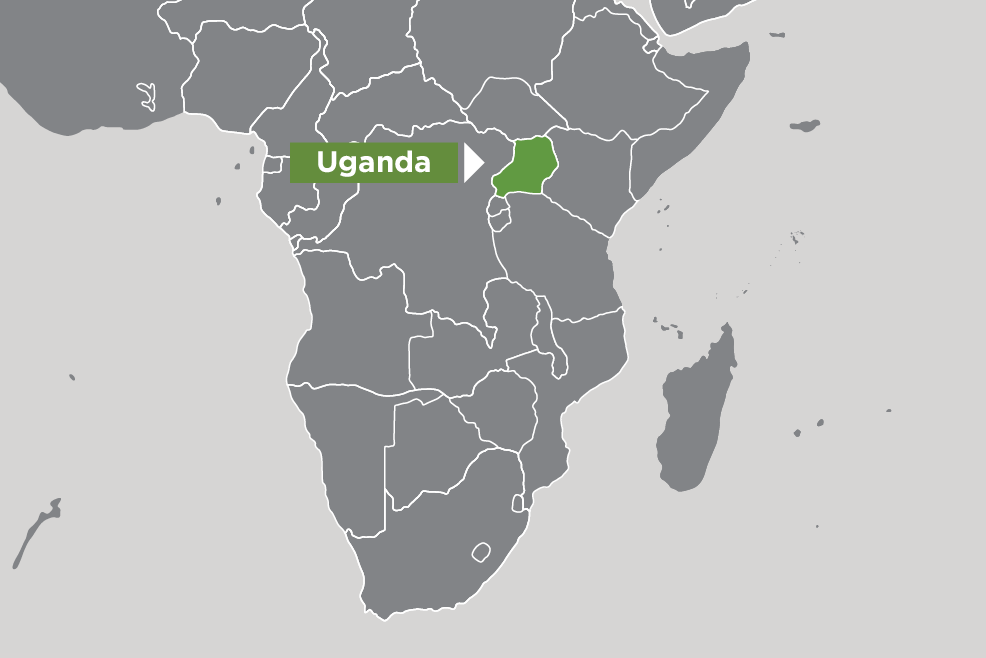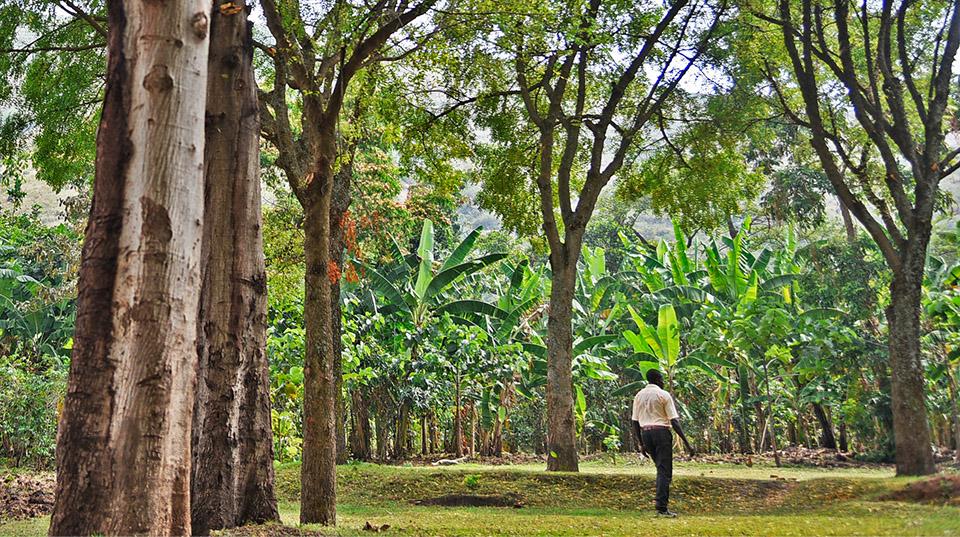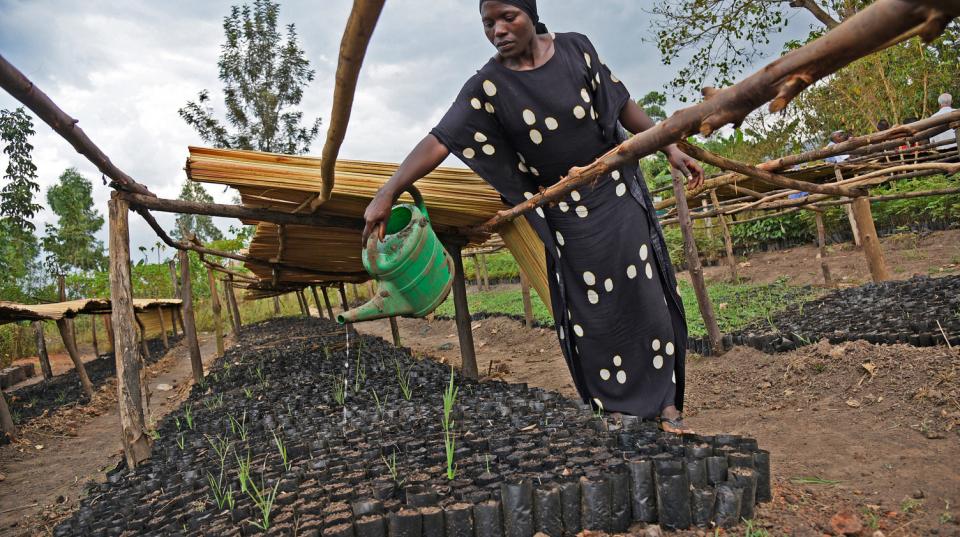Overview
This project aims to improve the effectiveness of forest restoration in Uganda through identification of factors contributing to success or failure in current and recent forest restoration projects.
By sharing the lessons from this analysis with future project proponents and incorporating the lessons in new project guidance and national forest policy, this project will improve the outcomes of government and donor forest restoration investments.
Although many entities are promoting tree planting and forest management in Uganda, its tree stocking continues to decline. A retrospective analysis of past forest restoration projects and documentary and field-based examination of current projects will identify attributes that increase or decrease tree survival and stocking.
Australia has a national interest in the security, stability and prosperity of Sub-Saharan Africa. African countries are important in global economic and political terms, including in relation to economic growth, trade liberalisation, agricultural productivity, food security and addressing trans-national crime. Australia's development priorities in Sub-Saharan Africa focus on building stability and resilience through enhancing agricultural productivity and food security, promoting sustainable economic growth and improving livelihoods.
This project will build on the experiences and knowledge gained during the implementation of the recently concluded ACIAR-supported project Trees for Food Security, to increase contributions from trees to food security and livelihoods. It will use the lessons learned from the established network of trials in which hundreds of farmers shared their experiences and knowledge about choices of different tree species planted under different farming contexts.
Expected project outcomes
- Identifying and documenting factors contributing to success or failure in current and recent Ugandan forest restoration projects.
- Document of outcomes, impacts, and stakeholder satisfaction (both positive and negative) with the restoration projects.
- Testing of statistical relationships among project attributes and project outcomes, and outcomes assessed qualitatively and through combined quantitative and qualitative means to identify project characteristics associated positively or negatively with increased tree stocking.
- Assessment of the extent to which legal, institutional, policy and informal or customary arrangements have influenced forest restoration in Uganda, taking into consideration the socio-economic and political interests and power relations of actors in the identified forest restoration projects and their effects on project outcomes.
- Identifying successful strategies for enhancing forest restoration, along with documentation of lessons learned.
- Developing recommendations and guidelines for improved project planning, implementation and measurement of outcomes to ensure the effectiveness of forest restoration investments in Uganda.





